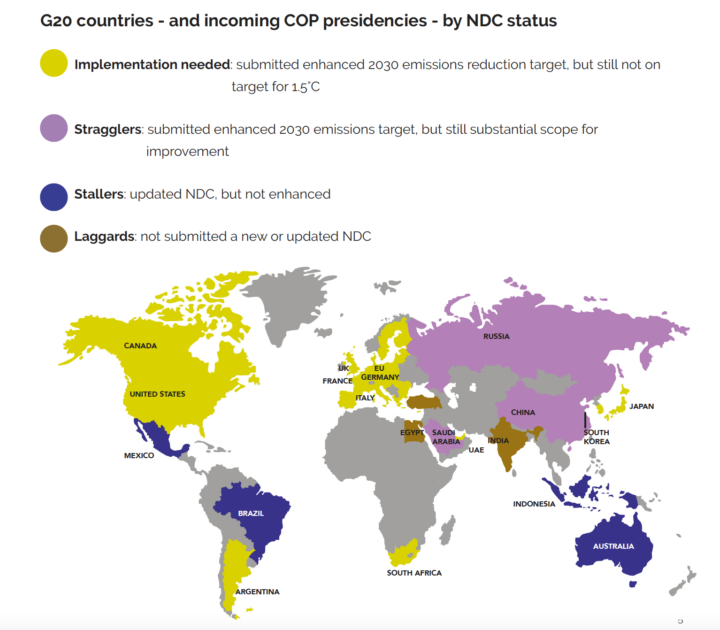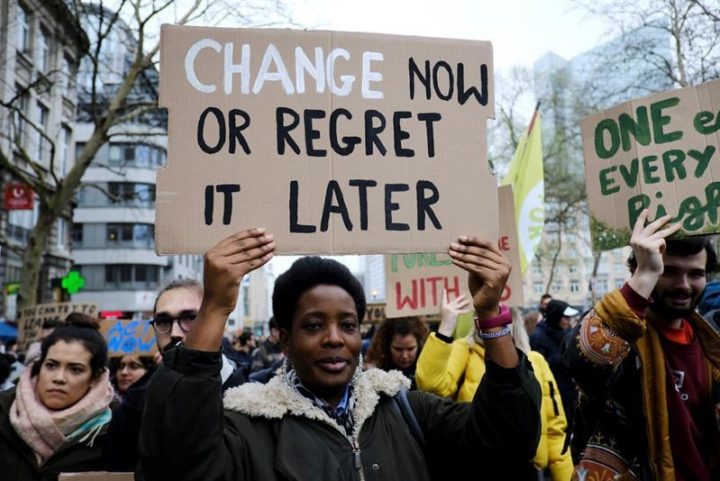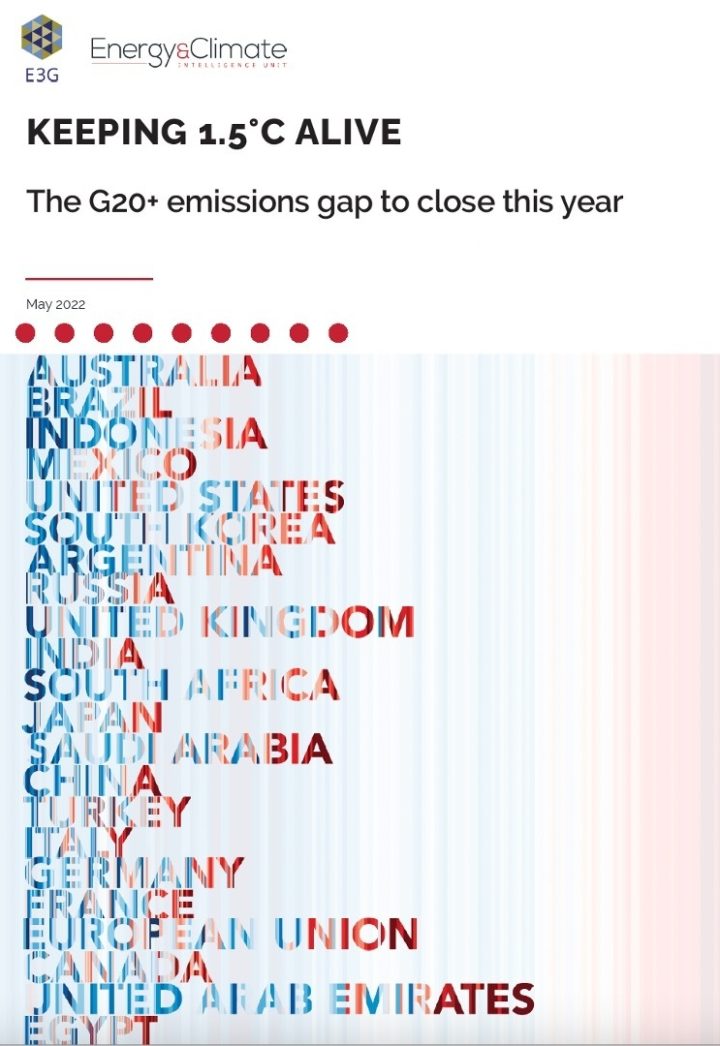The G20 ambition gap
The world has changed since COP26, but solutions to multiple global crises lie in greater climate ambition. With less than six months to COP27, we put a spotlight on the G20 ambition gap.

By Gareth Redmond-King
@gredmond76Share
Last updated:

Humans emit nearly 60 billion tonnes of greenhouse gases, annually. In 2015, the world committed to cutting those to arrest global temperature rises at 1.5°C.
Getting on track for that means halving emissions this decade. Which in turn means, amongst other things, phasing out coal, ending sale of new petrol and diesel vehicles, halting and reversing deforestation, stopping extracting and producing oil and gas, and protecting the planet’s natural systems that store carbon, reflect heat, and regulate atmospheric and ocean currents.
It's a big ask of 200 nations and nearly eight billion people. But like any overwhelming task, cliches abound on how to achieve it – low-hanging fruit, bite-sized chunks, quick wins etc. And for halving emissions this decade, that can be about scaling down from 200, to 20.
G20
The G20 brings together economies covering 80% of world GDP, three quarters of global trade, and nearly two-thirds of the planet’s population. It comprises 19 nations (Argentina, Australia, Brazil, Canada, China, France, Germany, India, Indonesia, Italy, Japan, Mexico, Russia, Saudi Arabia, South Africa, South Korea, Turkey, the United Kingdom and the United States of America) and the European Union.
The G20 also accounts for 75% of global greenhouse gas emissions. Which means that those 20 – even just some of the biggest emitters – hold the key to success or failure of the Paris Agreement ambition.
Working with E3G and WRI, ECIU have pulled together a state of play on G20 nations and their climate commitments – especially their ambition gap. For good measure we chucked in two more – Egypt and the United Arab Emirates; hosts, respectively, of COPs 27 and 28, the next two climate summits. We split the 22 into four groups.

Laggards
These nations submitted ‘updated’ emissions pledges (NDCs) under the Paris Agreement … but ones that stood still, or even got worse!
Australia, despite strong public concern about climate, are not on track even for their weak target, and may have been mis-reporting emissions a new study has found. Brazil submitted a worse target, and after committing to end deforestation by 2030, have gone on instead to increase rates of forest clearance. They are joined by Indonesia (with one of the biggest gaps between its existing target and where it needs to be for 1.5° alignment), and Mexico, whose NDC was suspended by a court last year after legal challenge by Greenpeace.
Some nations need financial support from wealthier nations – Indonesia, for example, could benefit from the sort of deal the US, EU, UK and others did with South Africa last year, to offer $8.5bn to hasten phase-out of coal.
But Australia really has no excuse.
Stallers
Egypt, India and Turkey haven’t submitted updated NDCs. India made bold pledges in Glasgow, and are making some crucial progress – but are yet to turn that into a formal new pledge. Egypt, hosting COP27 in less than six months, says its NDC will be forthcoming in weeks. And Turkey similarly has a process underway that just hasn’t delivered yet.

Stragglers
These nations have huge room to improve their targets. One of them – China – has also made, looks on track to over-deliver, and is making big investments in clean technologies. All this, despite a short-term spike in reliance on fossil fuels in response to the energy crisis. But we still await a stronger NDC from China.
The other two are much less positive. Both major petro-states, both blockers and delayers in international climate processes, and one subject to far-reaching international sanctions after launching a military invasion of Ukraine. They are Russia and Saudi Arabia. Both have NDCs and even net zero commitments. But both are also way off a 1.5°C trajectory.
Implementation needed
And the rest represent varying degrees of ambition, from UAE at one end, whose NDC allows for emissions rises, to the UK whose target is rated closest to being aligned with a 1.5° world.
But all need to get on with it. There are policy, investment and action gaps that mean even where targets are strong, and commitment to COP26 ‘sector deals’ is widespread, progress is nowhere near fast enough – far less guaranteed on track for 2030, and for mid-century net zero.

Changed context
The world has, of course, changed. The climate crisis is joined by a major war, a looming food emergency, supply chain crises, and a widespread, deepening cost of living crisis – driven in no small part by spiralling energy costs. A ‘poly-crisis’ as Rachel Kyte styled it recently, with fossil fuels at its heart.
The solutions to more than one of these lie in delivering on the Glasgow Climate Pact. The EU just announced ambition to go further and faster on decarbonisation, in the interests of national security, prosperity, and getting off Russian fossil fuels. COP president Alok Sharma, said recently that “current crises should increase, not diminish, our determination to deliver on what the world agreed” in Glasgow.
In June, the UNFCCC convenes for technical talks in Bonn, G7 leaders meet, and the Major Economies Forum may meet between the two. With less than half the year until COP27, let’s narrow focus – from 200 to 20(ish) – and turn attention fully on the G20.

Keeping 1.5°C Alive: The G20+ emissions gap to close this year
This piece was published in Business Green on 23rd May, 2022
Share